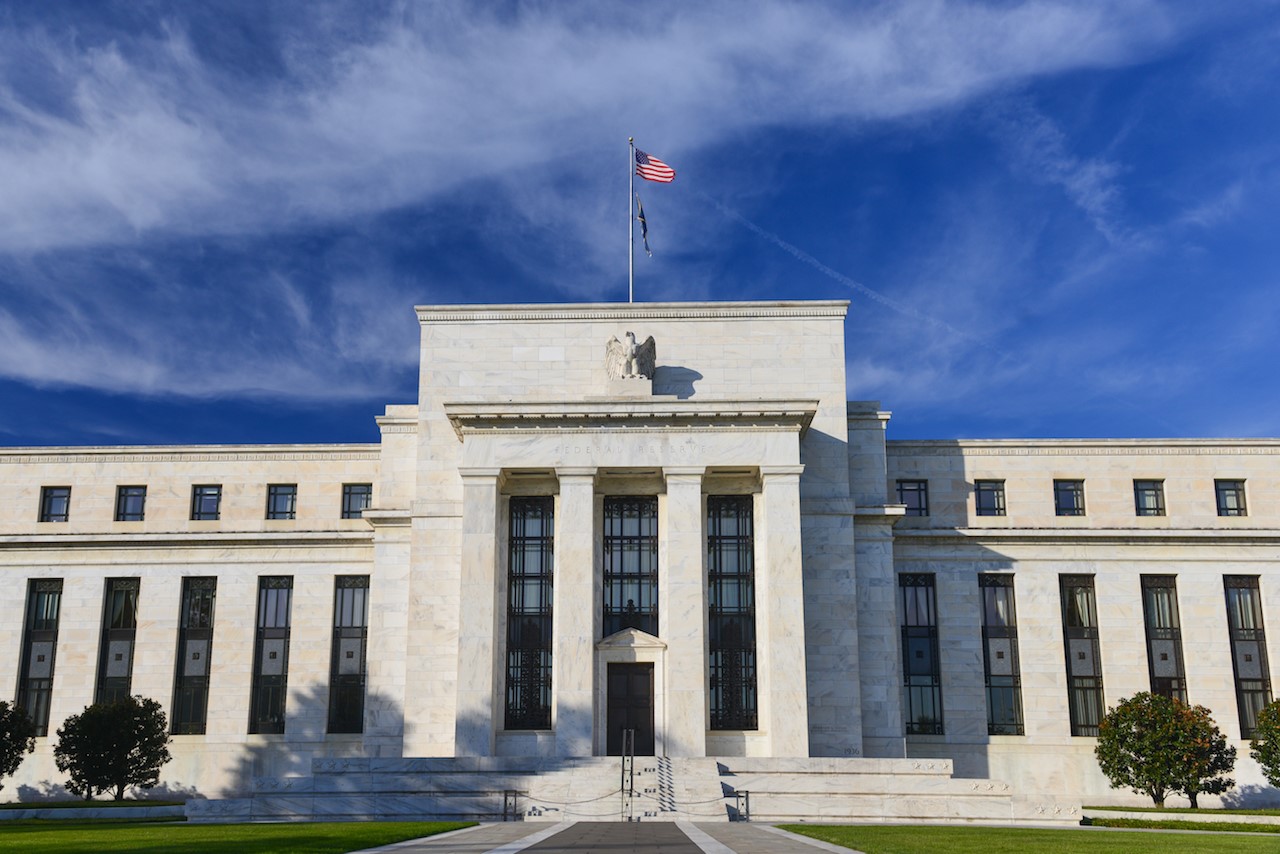Understanding interest rates and inflation
In the days after the Federal Reserve hiked interest rates Wednesday, we're still digesting the details and adjusting to the aftermath.
After months of speculation, the Fed raised interest rates by 25 basis points, suggesting confidence in a stronger economy and sending signals that it believes economic activity will expand at a moderate tempo, rates will normalize and labor market conditions will strengthen.
Still, the Fed likes to proceed with caution. During a news conference, Fed Chair Janet Yellen stressed that the Federal Open Market Committee is keeping its timeline for future monetary tightening on track. "We haven't changed the outlook," she's quoted as saying in The New York Times. "We think we're moving on the same course we've been on."
The Fed expects to raise rates two more times this year and three times in 2018. Wednesday's hike was only the third such increase since the 2008 financial crisis but the second in just three months.

The hike comes on the back of an optimistic February jobs report showing that the U.S. economy added 235,000 new jobs last month and unemployment dropped to 4.7 percent. It also comes just as other key metrics of market growth suggest a healthy economy on the horizon.
Consumer spending continues to increase, albeit slowly. Retail sales last month went up by 0.1 percent, while automobile and gas purchases increased by 0.2 percent. The Bureau of Labor Statistics shows that consumer prices went up by 0.1 percent while core consumer prices rose by 0.2 percent.
Homebuilder sentiment is also on the rise. It reached a 12-year high this month, according to the National Association of Home Builders. The group's confidence index went up 6 points to 71, the highest level since June 2005 and six times larger than expected.
As Fed Chair Yellen noted, the economy is performing nicely. Now, with this latest hike behind it, the Fed can sharpen its focus on inflation, projected to grow at the targeted rate of about 2 percent annually.
I often get asked to explain how inflation and interest rates are related. From here, I'll dive into why inflation is a measure we'll want to keep our eyes on, particularly when it comes to its influence on interest rates and bond prices.
Breaking down inflation
Inflation, simply put, is the rise in the overall price of goods and services. A strong growing economy typically drives up inflation, as employees find work, wages rise and people and businesses begin spending and investing more. In economic expansions, people and businesses also tend to borrow more money and leverage their economic good fortune. All of this drives up prices and contributes to inflation.
As a result, central banks such as the Federal Reserve use Fed fund rates to control inflation. If economic growth accelerates too quickly, bankers can raise rates as a tool to slow borrowing and economic growth. By making money more expensive to borrow with higher interest rates, economic expansion can often be kept in check.
In the U.S., the Federal Reserve has a mandate to encourage full employment and keep inflation at a target rate of about 2 percent. In recent years, tepid economic growth and weak employment conditions have allowed rates to stay historically low as a way to encourage investment and growth. Since inflation was below 2 percent, the Fed pushed rates to record-setting lows.

Now, the trend is shifting as employment appears full and inflation is gaining steam.
The Fed meets eight times a year to find a happy medium that creates a stable — or, at least normal — rate environment coupled with steady economic growth and inflation under control.
Should we enter a scenario where the economy is growing too quickly — which has its own drawbacks — the Fed would look to raise short-term rates again to tighten overall spending and keep inflation in check.
We should keep in mind these recent rate hikes are about returning monetary policy back to normal, not because the economy is too hot and must be cooled down with high rates.
The Fed is optimistic about its projections for inflation hitting its 2 percent target. This should allay fears that interest rates — mortgage rates, included — will surge too quickly anytime soon.
As I've shared before, a scenario that includes moderate growth and inflation, paired with a normal interest rate environment, can be a favorable set of conditions for the residential home purchase sector and for mortgage lenders, such as Movement, which cater to the purchase market.


